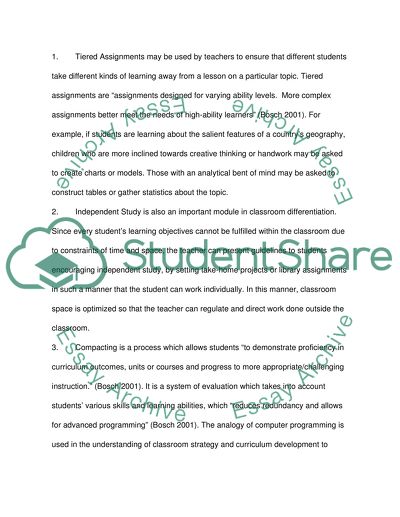Cite this document
(“Analysis of Sequential Lesson Plans Dissertation”, n.d.)
Retrieved from https://studentshare.org/education/1513923-sequential-lesson-plans
Retrieved from https://studentshare.org/education/1513923-sequential-lesson-plans
(Analysis of Sequential Lesson Plans Dissertation)
https://studentshare.org/education/1513923-sequential-lesson-plans.
https://studentshare.org/education/1513923-sequential-lesson-plans.
“Analysis of Sequential Lesson Plans Dissertation”, n.d. https://studentshare.org/education/1513923-sequential-lesson-plans.


